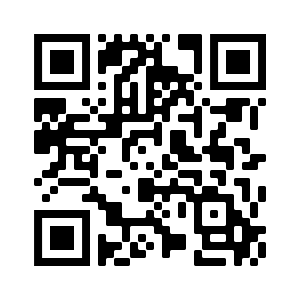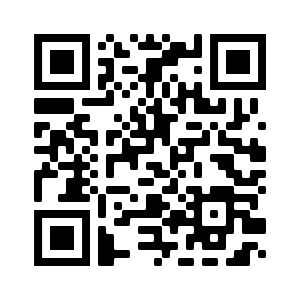Key Features
- Shepherd
- Small beetle with snout
- C-shaped, white grubs
Symptoms
Infested trees have the leader curled into a shape that resembles a shepherd's crook. Lateral branches from the infested tree's first whorl may also be curled. The top 2 to 3 years of growth can be affected. In early summer, legless, (1/4") white, c-shaped grubs can be found in stems, beneath the bark surface or in the stem. In late summer, chip-bark cocoons are formed by larvae at the base of injured stems.
Biology
Adults winter in leaf litter and fly to tree tops to mate when the weather warms in the spring. Females lay many eggs in terminals that hatch into grubs that bore into shoots. Legless larvae continue to feed until July when they pupate in chip bark cocoons. Adults emerge in July and August and chew on twigs.
Management Recommendations
Applications of broad spectrum insecticide to tree tops should be timed to kill adults gathering on twigs in early spring (April- when forsythia bloom). A fall or early spring application of imidacloprid may also be effective in getting product into the twig when adults feed the following spring. Prune and destroy damaged leaders that contain larvae or chip bark cocoons before adults emerge in early August. Mixed species plantings of pines are less likely to build damaging numbers of this pest than pure stands of susceptible species.
Effective Pesticides
Active Ingredients include: Bifenthrin, Imidacloprid, Lambda- cyhalothrin, Permethrin, Pyrethrin


